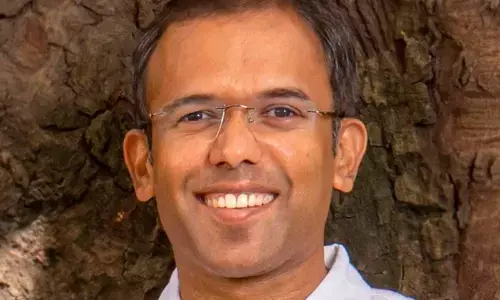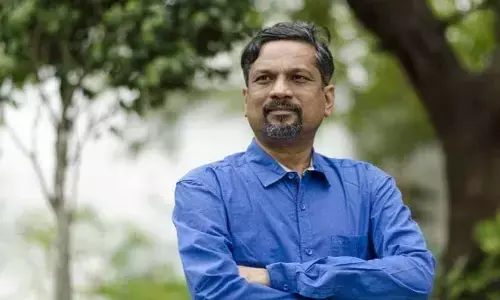China ‘obsession’ can derail regional groupings

A senior diplomat recently told a seminar in Kolkata that India joins too many regional groupings, some of them overlapping, and then not doing anything worthwhile to carry forward their intended agendas.
A senior diplomat recently told a seminar in Kolkata that India joins too many regional groupings, some of them overlapping, and then not doing anything worthwhile to carry forward their intended agendas. The message from this former ambassador to three countries was clear: Only when convinced it will benefit India should we join a grouping - and that with a clear roadmap and leveraging it for Indian interests. It is like someone taking the membership of too many clubs, which he or she can't possibly visit for varying reasons.
India is the leading light of SAARC. As the biggest economy and the most populous nation in South Asia, the blame for failure of regional integration has been often laid at India's door. South Asia is perhaps the least integrated region of the world and the India-Pakistan rivalry has ensured it stays that way. Despite the symbolism of Modi's invitations to all SAARC heads of government for his swearing-in,
India does not seem to have a roadmap on how to take regional integration in South Asia forward. Symbolism is useful but only if backed by substance. India is also the biggest economy and the most populous country in BIMSTEC, a grouping of countries around the Bay of Bengal. After long delays, BIMSTEC finally has a headquarters in Dhaka and hopefully it will turn out to be more active than the one of SAARC at Kathmandu.
New Delhi seems to have gathered some enthusiasm to push forward the BIMSTEC process but some suspect - and perhaps not without reason - that the real reason for that is to energise the grouping spanning across parts of South and Southeast Asia that do not have either China or Pakistan in it. So what happens to the BCIM that has India and China with Bangladesh and Myanmar? Beginning as the Kunming Initiative in 1999, progress in BCIM has been very slow alongside another Track-II initiative between Indian and Chinese frontier regions called K2K (Kunming-to-Kolkata).
China is now keen to carry forward BCIM, specially its proposal for developing an economic corridor along the highway connecting the four countries on the route of the Feb-March 2013 BCIM car rally.



















